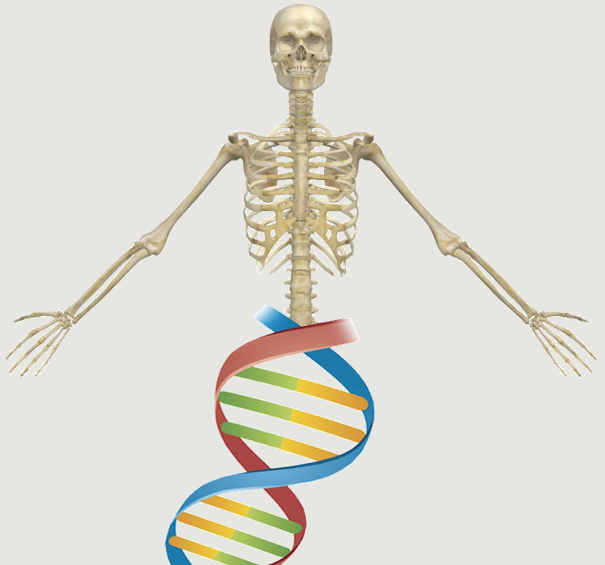Abstract:
Disorders of the temporomandibular joint (TMJ) complex affect 6-12% of the population; the joint's disc is usually involved. Tissue engineering and regenerative medicine may constitute a promising therapeutic approach, with resident stromal progenitor cells a key factor in the process. We hypothesized that the TMJ disc (TMJD) contains multipotent stromal progenitors that may play an important role in regeneration of the disc. TMJD cells were cultured and evaluated for growth kinetics and colony-forming units (CFUs). Single cell-derived clones were isolated and induced to differentiate toward the osteogenic, adipogenic and chondrogenic lineages by culturing in various induction media. Flow cytometry was used to identify multipotent stromal cell surface markers in additional cell samples, and reverse transcription-polymerase chain reaction (RT-PCR) was used to determine gene expression patterns within isolated cells. High numbers of CFUs were observed, indicating cell self-renewal. Biochemical assays showed significantly higher alkaline phosphatase (ALP) activity, lipid droplet concentration and glycosaminoglycan levels in cells cultured in osteogenic, adipogenic and chondrogenic induction medium, respectively. Approximately 1% of the total cell population demonstrated the capability to differentiate into all three mesenchymal lineages. Chondrogenic gene levels within TMJD-derived cells were significantly reduced in passaged culture. Our results support the hypothesis that multipotent stromal progenitor cells populate the TMJD and possess proliferation and differentiation capabilities. These cells may contribute to the regeneration potential of dysfunctional tissue and become the primary component in future attempts at tissue engineering or regeneration of this complex. Copyright (c) 2015 John Wiley & Sons, Ltd.
Notes:
Lavi, Amir Pelled, Gadi Tawackoli, Wafa Casap, Nardi Gazit, Dan Gazit, Zulma eng England J Tissue Eng Regen Med. 2017 May;11(5):1553-1561. doi: 10.1002/term.2055. Epub 2015 Jul 19.
Website

